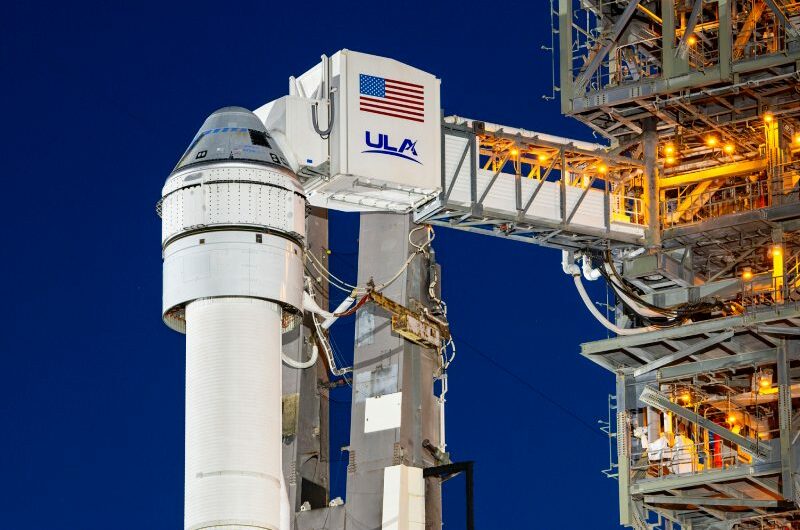Ola Electric has officially released its annual financial figures for the fiscal year ending March 2022, or FY22, ahead of the start of an initial public offering. During FY21, the Bhavish Aggarwal-led business was in the pre-revenue stage.
Ola Electric’s annual financial accounts submitted to the Registrar of Companies show that operating revenue for FY22 was Rs 373 crore as opposed to Rs 0.86 crore in FY21.
Prior to starting deliveries of its electric scooters in December 2021, the EV firm served as an infrastructure supplier for India’s network of charging and battery swapping stations.
Scooter sales accounted for 93.3% of total sales and generated Rs 348 crore in revenue in FY22. The sale of services, such as battery switching and subscription services, accounted for the remaining operational revenue, which totaled Rs 25 crore in the financial year ending in March 2022.
Being a maker of scooters, the cost of product acquisition accounted for 50.4% of the overall expense. In FY22, this expense totaled Rs 625 crore. During FY22, its employee benefit costs increased 43.1% to Rs 282 crore. This includes non-cash ESOP costs of Rs. 19.5 crore.
During FY22, Ola Electric’s spending on advertising and legal expenses climbed by 206% and 57%, respectively, to Rs 49 crore and Rs 44 crore. The company increased IT costs by additional Rs 37 crore, which increased overall spending by 4X to Rs 1,240 crore in FY22.
Losses increased by a factor of four, to Rs 784 crore in the fiscal year 2022, due to manufacturing costs and increased overhead. In FY22, its ROCE and EBITDA margins were -18% and -157%, respectively. For Ola Electric, a unit of operating income cost Rs 3.32.
Ola Electric has not yet submitted its FY23 audited financial report. According to a recent Reuters story, the company lost $136 million (Rs 1,100 crore) in FY23 while having $335 million (Rs 2,700 crore) in revenue. It’s important to note that the company set a goal of $1 billion (Rs 8,000 crore).
Currently dominating the Indian market for electric two-wheelers, Ola Electric sold 18,333 units in August to take the top spot. The company reported a staggering YoY sales rise of 375 percent in July 2023 vs July 2022. Following it in July sales were TVS, Ather Energy, Bajaj, and Okinawa, who each sold 9,599, 6,198, 3,912 and 2,138 units.
Ola Electric, which is valued at over $5 billion, has raised between $800 and $900 million in capital to date, the firm is looking to raise an additional $350 million, driven by current backer Temasek.
It is realistic to assume that Aggarwal, unlike Ola cabs (see our report on Ola cabs), will not expect to see as long a wait for breakeven given that the majority of his fortune in Ola is currently invested in Ola Electric. Even while he has stated intentions to expand into other markets, such as 4 wheelers, this will simply slow down the process of being profitable. But to his credit, Ola Electric’s lightning-quick (by auto standards) launch has allowed it to seize the lead in the competitive 2 Wheeler class, which it should do so for some time in the near future.
Topics #EV #Ola #Ola Electric #Revenue










